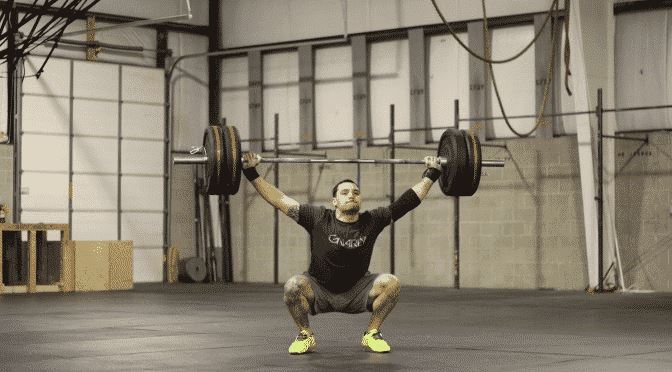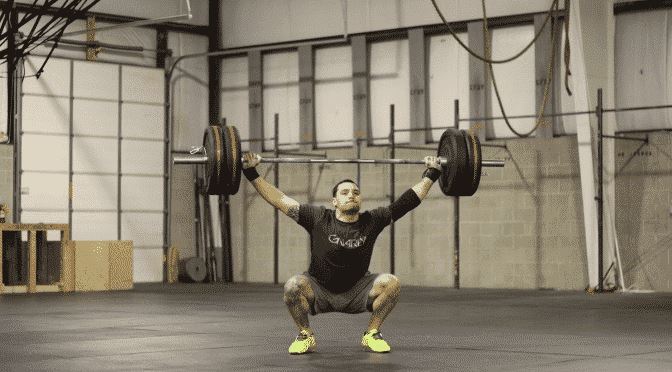There’s sort of a frustrating thing that your body does when you workout regularly called the “compensation effect.” After a strenuous workout, your body demands more calories to replace those that you burned at the gym. On top of that, many people reward themselves with a calorie-dense treat after working out, thinking that they’ve earned it. Essentially, this undoes the good done by even the most grueling of workouts.
Then there’s the fact that, after wearing themselves out at the gym, exercisers will commonly veg-out that night – lowering their total caloric expenditure for the day.
Based on the combination of these factors, many experts support the 80/20 rule – the concept that weight control is 80 percent diet and only 20 percent exercise. This notation has been thoroughly supported, both anecdotally and in laboratory studies.
So, then, we come to the natural question: What is a proper diet? To a very large extent, that depends on your goals. Specifically, we’re going to look at the nutritional needs of someone undergoing a strength training program.
Rebuilding Muscles
To fully understand your dietary needs during a strength training program, you need to first understand what is happening to your body.
When you lift, your muscles are being damaged. I know it’s an unpleasant thought to realize that your workouts are hurting you – even if it’s only microscopic and momentary – but that’s what is going on. It’s this minor damage, though, that stimulates improvements in muscular strength. Based on that damage, your brain now concludes that the muscles need to be rebuilt bigger and stronger to deal with the next challenge. Your body has to be challenged in order to adapt.
But, in order to undertake this rebuilding work, your body needs to have a ready supply of the proper raw materials. When it comes to muscle growth, this means protein. But, not all protein is created equal.
Proteins are really just a collection of smaller molecules, called amino acids. These substances are incredibly important to a wide variety of biological functions, including muscle growth, the conduction of nerve impulses, body composition and immune health. Not all proteins, however, contain all of the amino acids that we need from our diet – these are called “incomplete proteins.” On the other hand, “complete proteins” give you all of the necessary amino acids that your body is not capable of making on it’s own.
Exactly how much protein you need will depend on your overall fitness level, body composition, goals, age and gender but, either way, you need to be getting adequate amounts of complete proteins.
Fuel Consumption
If you ask a room full of people what calories are, you’re going to get a huge variety of answers – many of which likely won’t put calories in a positive light. Here’s the facts, though: calories are fuel for everything your body does. Scientifically speaking, a calorie is just a measure of energy.
The situation will probably get even more grim if you start asking that same room what they think about carbs and fat. These two nutrients often take turns being the dietary villains in many people’s opinions. Carbohydrates and fat, however, are both vital sources of fuel since they are more readily burned than protein – which also contains calories. If you are ingesting too few total calories, or neglecting your carb and fat needs, your performance and overall health will suffer. Too many calories, on the other hand, will stimulate weight gain.
Of course, your personal caloric needs will depend on plenty of individual factors. As a general rule of thumb, many experts recommend that your total caloric intake look something like this while following a strength training routine:
- 50 percent carbs
- 25 percent fat
- 25 percent protein
All that being said, nutrition is an incredibly complex topic that cannot be covered in depth here. These guidelines are simply a very basic overview. If you would like to learn more, take some time to do some additional research into the topic and read our other article 5 Ways to Stay Fit.




